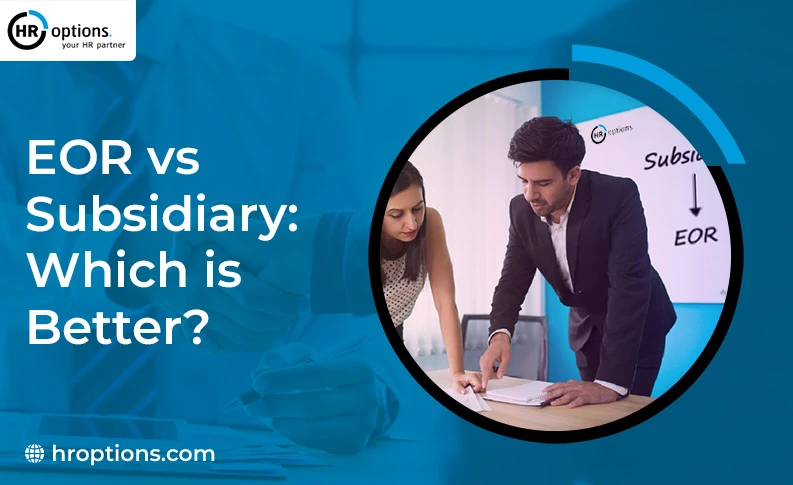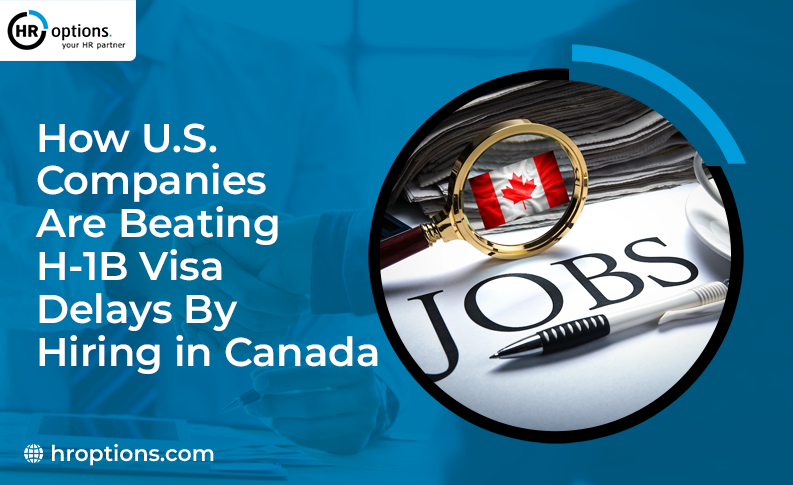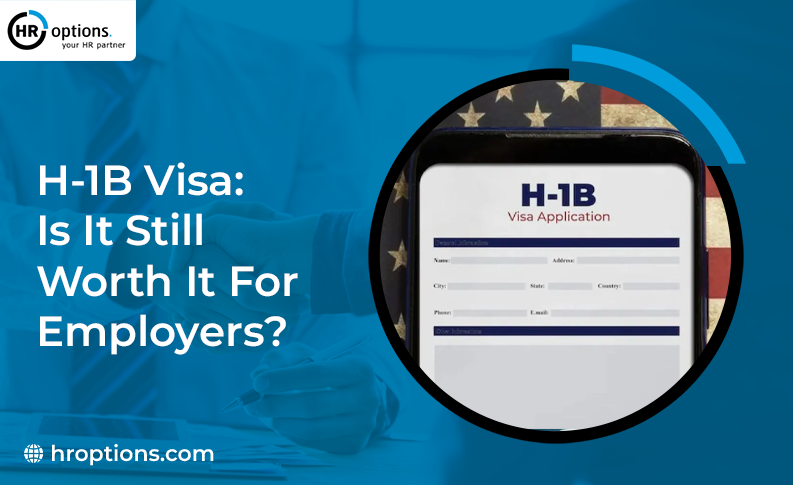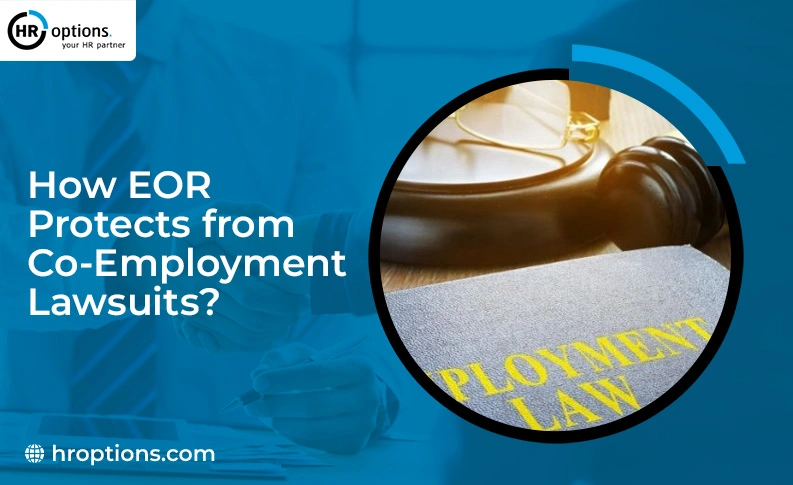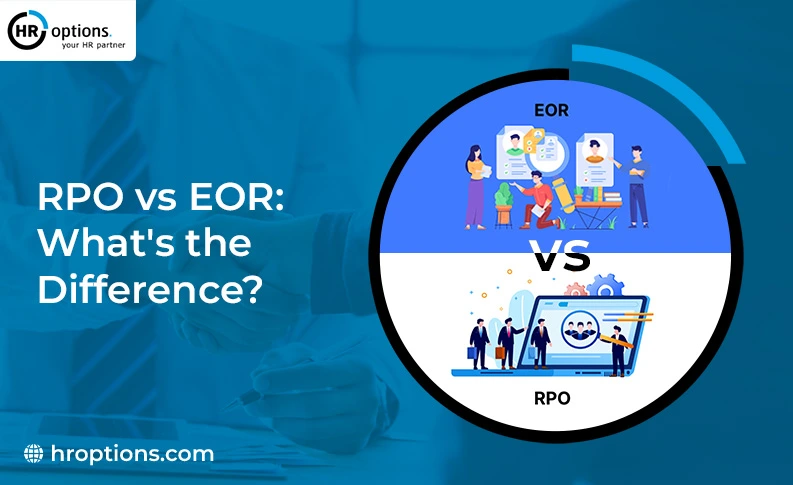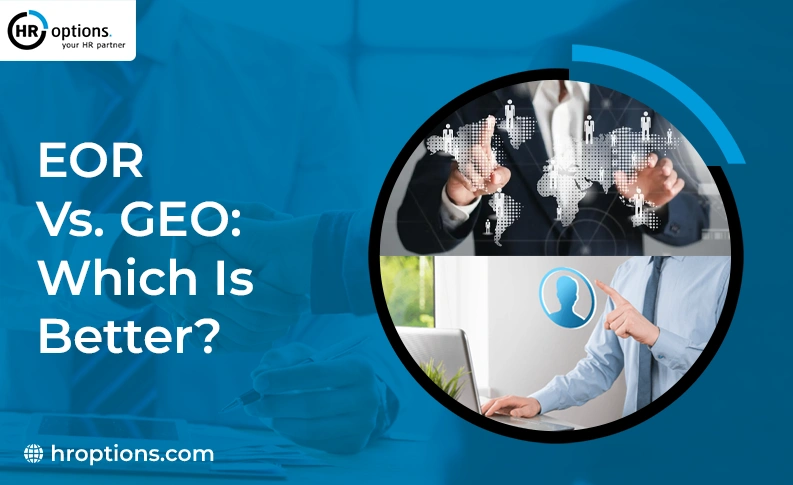Going global sounds exciting, but it’s not as simple as opening a shop in another country. You’ve got to pick the right way to enter the market. Most companies either team up with an Employer of Record (EOR) to hire fast or build their own foreign subsidiary for full control. Both get you into new markets — they just take totally different routes to get there.
An EOR helps you hire people overseas. They handle the legal work, payroll, and compliance. You focus on running your business. However, a subsidiary is different. It’s your own legally registered company in another country. You get full control, but setting up takes time, money, and effort. Understanding the differences between these two approaches is essential for making an informed decision about cost, compliance, and long-term strategy.
Comparing EOR vs. Subsidiary: Key Considerations for Your Business
Both EOR and subsidiary models aim to expand global operations but serve different needs. The choice depends entirely on your goals. Here’s a table depicting the key considerations.
| Consideration | Employer of Record (EOR) | Foreign Subsidiary |
|---|---|---|
| Cost | It has a low initial investment but ongoing monthly service fees. | High upfront setup costs but potential for long-term savings. |
| Control | You manage daily tasks, but the EOR has legal and HR control. | You have complete operational control over your business and culture. |
| Time to Market | Very fast. You can be operational and have staff in weeks. | Very slow. Setup can take from 6 to 18 months. |
| Risk & Liability | Low risk. The EOR handles HR compliance and liability. | High risk. Your company is fully responsible for all legal liabilities. |
| Best For | Testing new markets, hiring remote talent, or short-term projects. | Long-term investment, building a permanent brand, and large-scale operations. |
A Detailed Comparison Between EOR and Subsidiary
Here’s a complete breakdown of the two approaches:
Employer of Record (EOR)
An Employer of Record is a third-party business that legally employs staff on your behalf in another country. The employees work for your company, but from a legal standpoint, the EOR is their employer.
Businesses often choose this approach because it allows seamless market entry and growth. It eliminates the need for entity registration, reduces paperwork, and simplifies regulatory approval.
This approach has become more popular due to the growth of global workforce flexibility. Startups, tech companies, and other businesses also favor this option, which allows them to test new markets without heavy investment in costly infrastructure abroad.
Key Benefits of Using an EOR
Doing business with an EOR paves the way for businesses seeking an international presence without bureaucratic hurdles. Among the biggest advantages are:
- Faster Market Entry: You can hire staff within weeks instead of months.
- Compliance Assurance: The EOR handles tax, benefits, and labor laws.
- Reduced Administrative Burden: HR, contracts, and payroll are managed externally.
- Scalable Workforce: Add or remove staff anytime without delay.
- Lower Initial Cost: No entity formation or licensing required.
- Better Risk Control: Prevent fines related to employee misclassification.
Challenges of Partnering with an EOR
Still, EORs aren’t perfect. Before committing, businesses must understand some drawbacks:
- Limited Control Over Staff: Legally, workers belong to the EOR, not your company.
- Viewed as Temporary: Often treated as a short-term solution.
- Cultural Disconnect: EORs don’t always align with your company culture.
- Service Fees: Long-term recurring costs can be higher.
- Provider Dependence: If the EOR exits the market or ceases operations, your business may be disrupted.
Establishing a Subsidiary
A subsidiary is a company partially or fully owned by a parent organization. It gives you more control and recognition in the market. However, setting up a subsidiary can be costly, time-consuming, and involve greater legal responsibility.
This model makes sense for companies committed to a region in the long term. Industries like pharmaceuticals, manufacturing, and banking often establish subsidiaries because regulatory permanence and full control build stability and customer trust.
Advantages of Setting Up a Subsidiary
Building a subsidiary provides unmatched benefits when aiming for market depth:
- Total Control: Own the brand, culture, and all HR operations.
- Brand Authority: Clients trust businesses with a physical entity.
- Profit Retention: Revenues belong directly to the parent group.
- Tax Benefits: Some regions offer tax cuts for incorporated entities.
- Strong Roots: Excellent for sustainability and long-term growth.
- Local Presence: Easier hiring and expansion through a recognized brand.
Challenges of Running a Subsidiary
However, subsidiaries can also become financially and legally demanding:
- High Setup and Compliance Costs: Registration, licensing, offices, and staff.
- Long Delays: Processes can take six months to a year.
- Tight Compliance Burden: Payroll, tax, and HR oversight required continuously.
- Operational Risks: Political changes and unstable economies create challenges.
- Hiring Needs: Expert legal and financial staff are often necessary.
According to Deloitte, foreign subsidiaries can face compliance violations that cost businesses millions in penalties if not handled correctly.
Conclusion
Your decision about EOR vs. subsidiary will be based on what you want to accomplish with your business. EOR is flexible, low-risk, and enables faster growth, so it’s ideal for startups or organizations wanting to test out a new area. Subsidiaries provide control and security but require significant investment and longer setup time. Both models come with trade-offs. For businesses that remain uncertain about how to proceed, the best move may be simply to take advantage of an expert’s knowledge.
Contact HR Options today and discover a customized approach to support your international growth.
